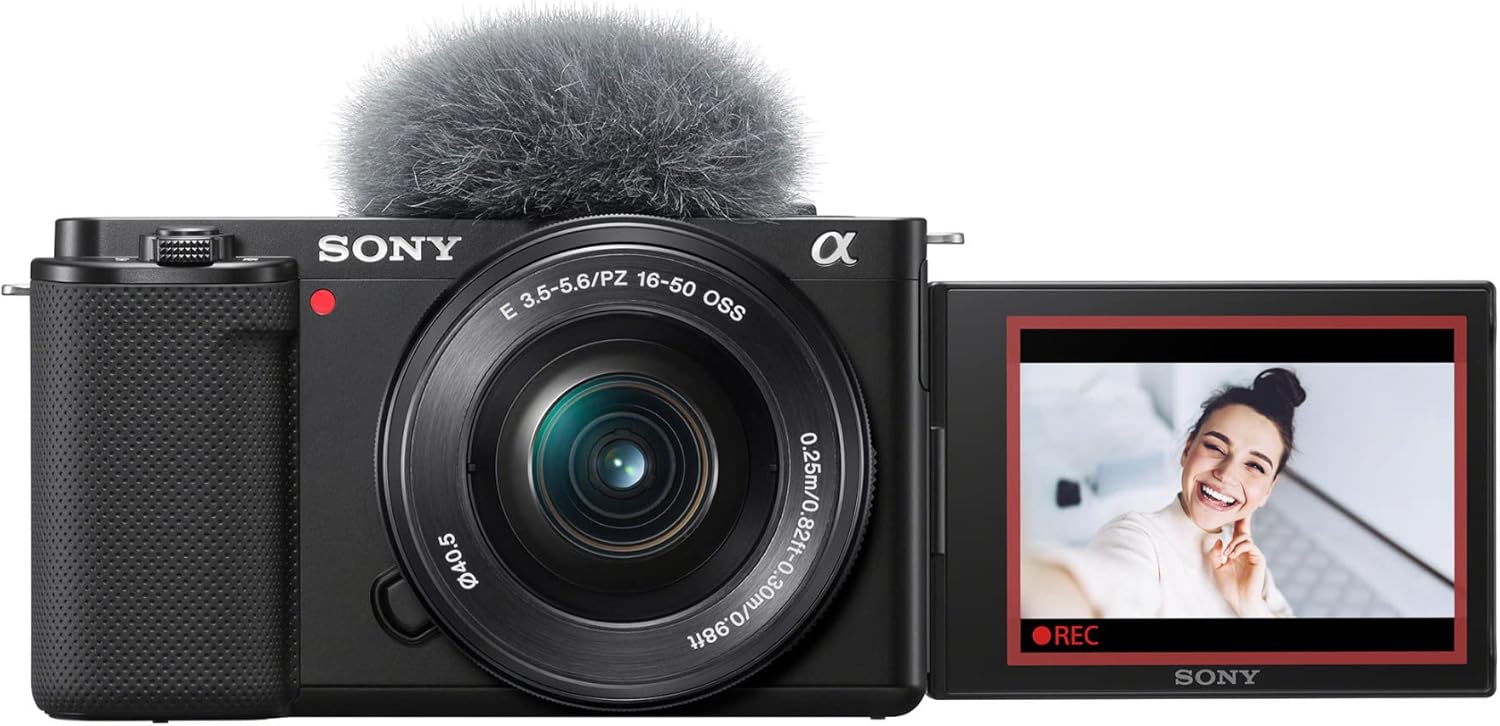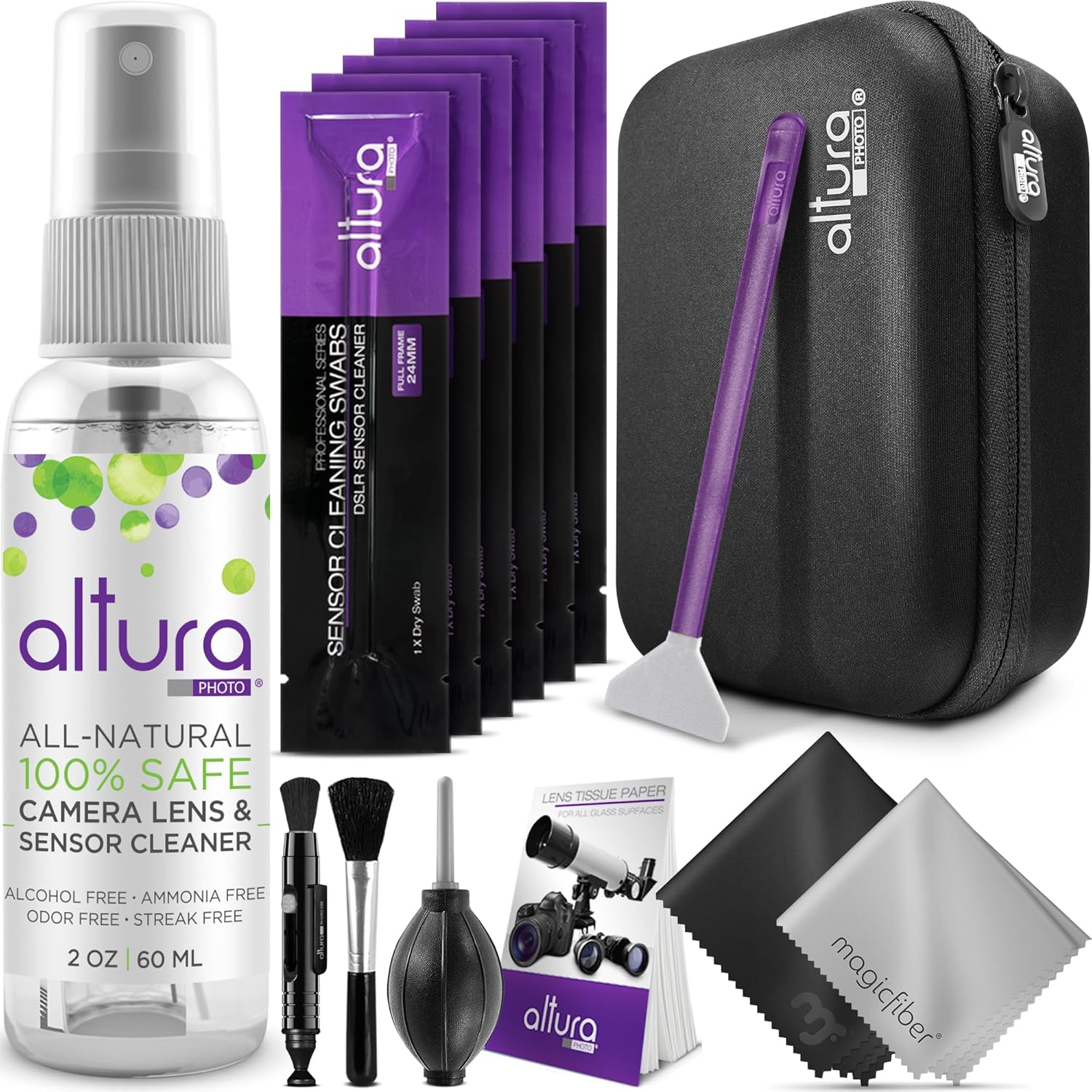How to Tell if a Camera is Mirrorless: Key Indicators for Professionals
For professional photographers, the advent of mirrorless cameras has brought significant changes to the world of photography. Whether you're considering adding a mirrorless camera to your gear or you're evaluating cameras on the go, understanding how to tell if a camera is mirrorless is crucial. This guide delves into key indicators and characteristics that distinguish mirrorless cameras from their DSLR counterparts.

The Absence of a Mirror Mechanism
The most defining feature of a mirrorless camera, as the name suggests, is the absence of a mirror mechanism. In traditional DSLR cameras, a mirror reflects light from the lens to the optical viewfinder. Mirrorless cameras, on the other hand, eliminate this mirror, allowing light to directly hit the image sensor. This design results in a more compact and lighter camera body.

Electronic Viewfinder (EVF) Instead of Optical Viewfinder
Another significant difference is the viewfinder type. Mirrorless cameras typically use an Electronic Viewfinder (EVF), which displays a digital preview of the scene. This differs from the optical viewfinder found in DSLRs, which shows a direct optical image through the lens. The EVF can also display additional information such as histograms and focus peaking, providing exposure and focus aids that can be particularly useful for professional photographers.
Comparison: EVF vs. Optical Viewfinder
While EVFs offer many advantages, including real-time exposure adjustments and a larger set of display options, they also come with some trade-offs. For example, the EVF can suffer from lag and can be challenging to use in low light conditions. On the contrary, optical viewfinders provide a real-time, lag-free image and excel in low-light scenarios.

Autofocus Speeds and Mechanism
One of the most touted benefits of mirrorless cameras is their superior autofocus capabilities. Mirrorless systems employ phase-detection autofocus directly on the image sensor, allowing for faster and more accurate focusing, particularly in continuous shooting modes. This is a significant advantage for professionals who require quick and precise autofocus for capturing fast-moving subjects.

Size and Weight Considerations
Mirrorless cameras generally have a more compact and lighter design compared to DSLRs. This design results naturally from the omission of the mirror and the optical viewfinder systems. For photographers often on the move or those who prioritize portability without sacrificing quality, this size and weight reduction can be a significant advantage.
Battery Life
One point to consider is the battery life. Mirrorless cameras tend to have shorter battery lives compared to DSLRs. This is due to the electronic viewfinders and LCD screens, which consume more power. Professionals planning to shoot for extended periods should consider carrying extra batteries or investing in a grip extender to enhance battery capacity.
Lens Compatibility and Options
Lens selection is another critical consideration. While the range of native lenses for mirrorless cameras is expanding, it may not yet rival the extensive selection available for DSLRs. However, with the use of lens adapters, many mirrorless cameras can use existing DSLR lenses, providing a bridge for photographers transitioning from DSLRs to mirrorless systems.
Adapting DSLR Lenses to Mirrorless Bodies
Adapters allow photographers to use their existing DSLR lenses on mirrorless camera bodies. This can ease the transition and enable the use of high-quality glass that photographers may already own. However, it should be noted that adapters can sometimes affect autofocus performance and image quality, depending on the compatibility and quality of the adapter and lenses used.
Advancements in Image Quality
Mirrorless cameras have advanced significantly in terms of image quality. Modern mirrorless sensors are capable of producing images that match or exceed the quality offered by top-tier DSLRs. Features like in-body image stabilization (IBIS) and advanced image processing algorithms contribute to the superior image quality delivered by mirrorless systems.
Innovative Features and Technologies
Many mirrorless cameras come packed with innovative features that cater to the needs of modern photographers. These include silent shooting, advanced video capabilities, high-speed burst modes, and extensive customization options. Professionals seeking to push the boundaries of their creative work can benefit greatly from these advanced features.
Silent Shooting: A Game Changer
Silent shooting is a beneficial feature for photographers who need to capture moments discreetly without the noise of a shutter. This can be particularly useful in environments where noise can be disruptive, such as during weddings, concerts, or wildlife photography.
Advanced Video Capabilities
Mirrorless cameras excel not only in photography but also in video production. With capabilities like 4K recording, high frame rate options, and superior autofocus during video, these cameras are becoming favorites among hybrid shooters who demand excellence in both stills and video.
Conclusion
Understanding how to tell if a camera is mirrorless involves recognizing a combination of features and technologies. The absence of a mirror mechanism, the presence of an electronic viewfinder, enhanced autofocus capabilities, and a more compact design are all tell-tale signs. For professional photographers, these characteristics can influence the decision-making process when selecting the right camera for their work.
To delve deeper into the world of mirrorless cameras, check out these articles from Why Want Mirrorless Camera, Travel with Mirrorless, Sony Alpha A6000, Store Mirrorless, and Stream with Mirrorless.
Additionally, for more comprehensive information, visit Exposure Basics Mirrorless.
As an Amazon Associate, I earn from qualifying purchases.
FAQ
What are the main differences between DSLR and mirrorless cameras?
The main differences include the mirror mechanism, viewfinder type, autofocus system, size, and weight. Mirrorless cameras lack the mirror mechanism and use an electronic viewfinder, making them more compact and lighter. They often have superior autofocus performance and advanced features catering to both photography and video needs.
Why should professional photographers consider using mirrorless cameras?
Professional photographers should consider mirrorless cameras for their superior autofocus capabilities, compact size, advanced innovative features, and excellent image quality. They are particularly beneficial for those who require portability without sacrificing performance.
Can I use my DSLR lenses on a mirrorless camera?
Yes, with the help of lens adapters, many mirrorless cameras can use DSLR lenses. However, the performance may vary based on the compatibility and quality of the adapter.

